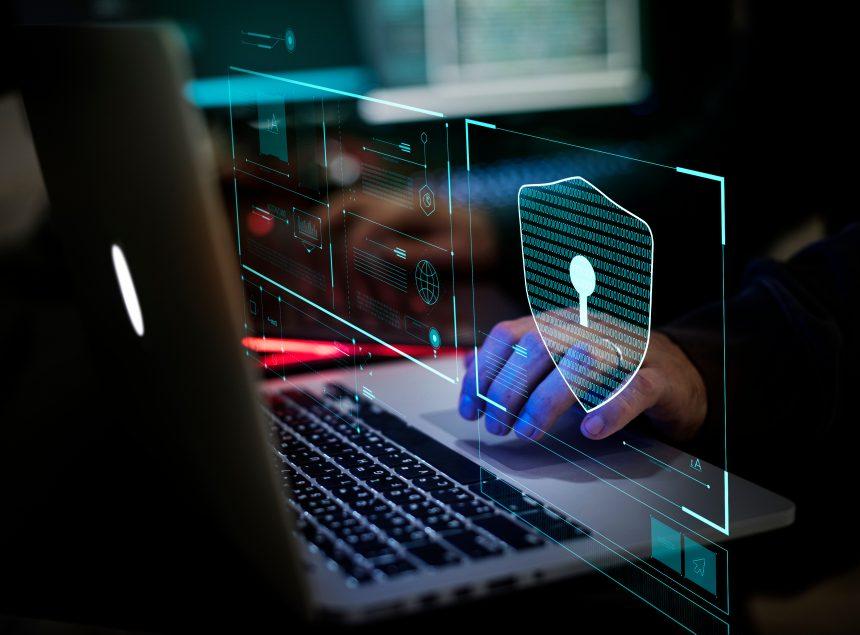RevC2 is a sophisticated backdoor malware strain primarily distributed through the Venom Spider malware-as-a-service (MaaS) platform. It is capable of stealing sensitive information, remotely controlling infected systems, and executing malicious actions. This guide explores the capabilities of RevC2, how it infects systems, methods for removing it, and strategies to prevent future infections.
Download SpyHunter Now & Scan Your Computer For Free!
Remove this and many more malicious threats to your system by scanning your computer with Spyhunter now! It’s FREE!
What is RevC2 Malware?
RevC2 is a backdoor Trojan that infiltrates victim machines stealthily, allowing cybercriminals to perform a variety of malicious activities. Distributed by threat actors using the Venom Spider MaaS tool, RevC2 can be used to exploit vulnerable systems, steal credentials, and control devices remotely.
The malware’s primary functions include:
- Credential Theft: RevC2 steals passwords and cookies from Chromium-based browsers. This enables attackers to bypass authentication, impersonate victims, and gain unauthorized access to social media, email accounts, or online banking.
- Remote Command Execution: It can execute shell commands on the infected machine, granting the attackers the ability to install additional malware, modify system settings, and carry out other harmful actions.
- Proxying Network Data: The malware can intercept and redirect network traffic, allowing it to capture sensitive information, including login credentials, financial data, and even personal documents.
- Screen Capture: RevC2 can take screenshots, potentially exposing confidential data, conversations, or login credentials displayed on the screen.
- Privilege Escalation: Using stolen credentials, RevC2 can escalate its privileges on the infected system, enabling the attackers to access restricted parts of the system and perform more malicious tasks.
Symptoms of RevC2 Infection
RevC2 operates in a highly stealthy manner, making it difficult to detect without specialized tools. Common signs of infection may not be immediately obvious, but there are a few indicators that could suggest the presence of RevC2:
- Slow system performance or unusual system behavior.
- Unexplained network activity or high bandwidth usage.
- Suspicious background processes running without your knowledge.
- Unauthorized access to personal accounts or changes to account settings.
- Unexpected pop-up windows or screens appearing on your device.
How RevC2 Spreads
RevC2 is typically distributed through:
- Malicious Shortcut Files: Cybercriminals often use these to deliver the malware when unsuspecting users click on them.
- Shady Websites: Exploit kits or fake software downloads from compromised or malicious websites also serve as common distribution methods.
Because it is delivered through seemingly harmless files or web links, users are often unaware of its presence until it’s too late.
Damage Caused by RevC2
Once RevC2 infiltrates a system, it can cause significant damage, including:
- Stolen Personal Information: Credentials for social media, email, or online banking accounts may be compromised, leading to identity theft or account takeover.
- Monetary Loss: Unauthorized access to financial accounts can lead to significant financial losses.
- Botnet Integration: Infected machines may become part of a larger botnet, used for launching further attacks or spreading other types of malware.
- Increased Vulnerability: The backdoor left by RevC2 can provide attackers with ongoing access, allowing them to continuously exploit the system.
Detection and Removal of RevC2 Malware
Download SpyHunter Now & Scan Your Computer For Free!
Remove this and many more malicious threats to your system by scanning your computer with Spyhunter now! It’s FREE!
SpyHunter is an effective tool to detect and remove RevC2 malware from an infected system. Follow these steps for a comprehensive cleanup:
- Install SpyHunter.
- Run a Full System Scan: Launch SpyHunter and initiate a full system scan. This scan will detect and identify all instances of RevC2 and other potential threats.
- Review Scan Results: Once the scan is complete, SpyHunter will present a list of detected threats, including RevC2. Review the results carefully.
- Remove Detected Threats: Select the threats you wish to remove, including RevC2, and proceed with the removal process. SpyHunter will quarantine and eliminate any malicious files.
- Restart Your Computer: After the malware removal process is complete, restart your computer to ensure all changes take effect and the system is fully cleaned.
- Perform Regular Scans: Continue to run regular system scans with SpyHunter to ensure no remnants of RevC2 remain on your system.
Preventive Measures Against RevC2 Infection
To protect your system from RevC2 and similar malware threats, follow these best practices:
- Use Strong Passwords: Create complex and unique passwords for each of your online accounts to reduce the chances of attackers gaining access to your personal information.
- Enable Two-Factor Authentication (2FA): For accounts that support it, enable 2FA to add an extra layer of security.
- Avoid Suspicious Links and Downloads: Be cautious when downloading software or clicking links from unknown sources. Only download from trusted websites.
- Keep Software Updated: Regularly update your operating system, browser, and other software to patch known vulnerabilities that cybercriminals can exploit.
- Install Antivirus Software: Use reputable antivirus programs to detect and block threats like RevC2. Ensure the software is kept up-to-date.
- Backup Data Regularly: Maintain regular backups of your important files to minimize the impact of data loss in case of an infection.
- Use a Firewall: Enable your system’s firewall to block unauthorized access to your computer, reducing the chances of malware infiltration.
- Monitor Network Traffic: Pay attention to any unusual network activity or processes running on your device, which could indicate malicious behavior.
Conclusion
RevC2 is a dangerous backdoor malware capable of stealing sensitive information, gaining remote access to systems, and causing significant damage. By using tools like SpyHunter to detect and remove RevC2, and implementing preventive measures such as strong passwords, regular updates, and cautious online behavior, you can protect your devices and data from this malicious threat.





